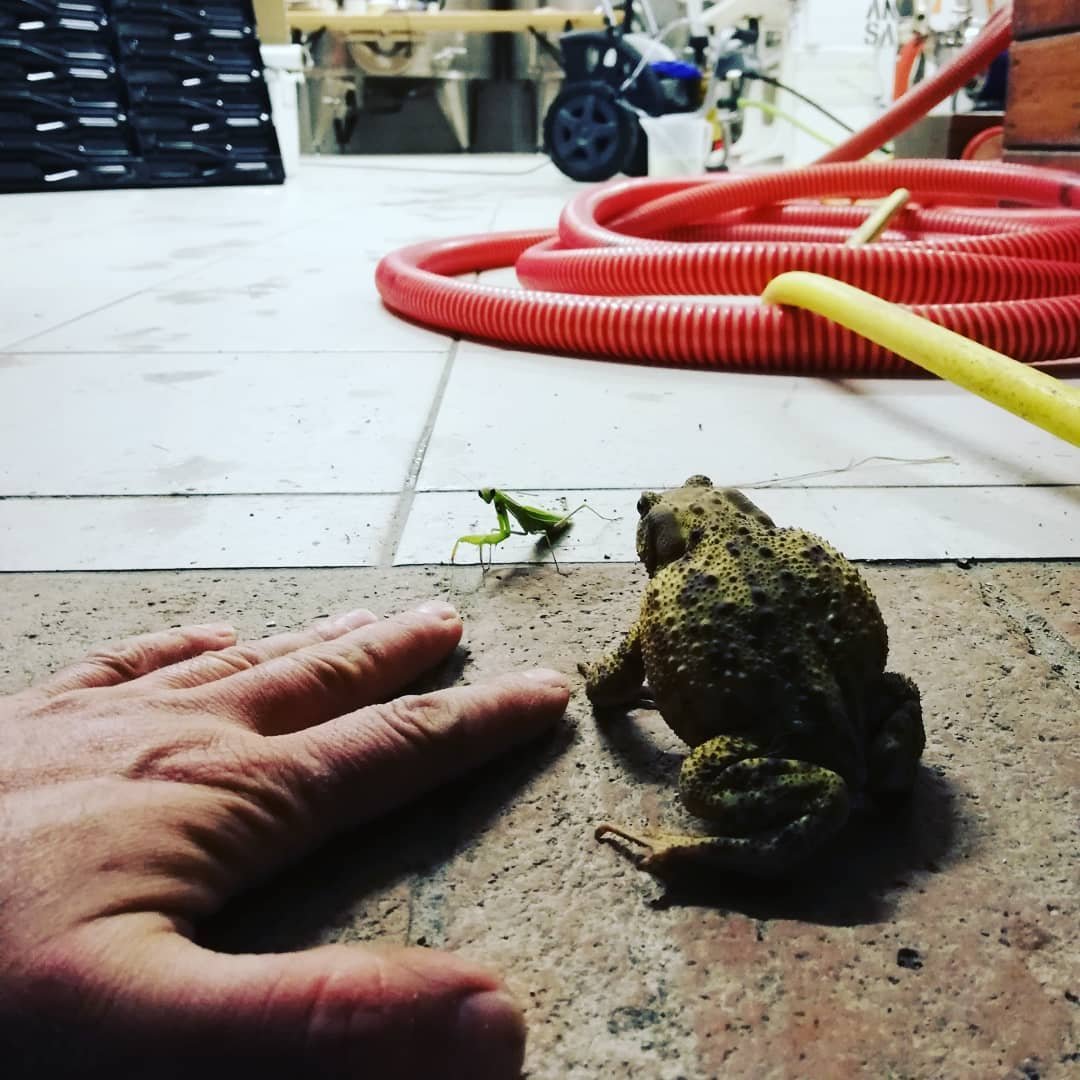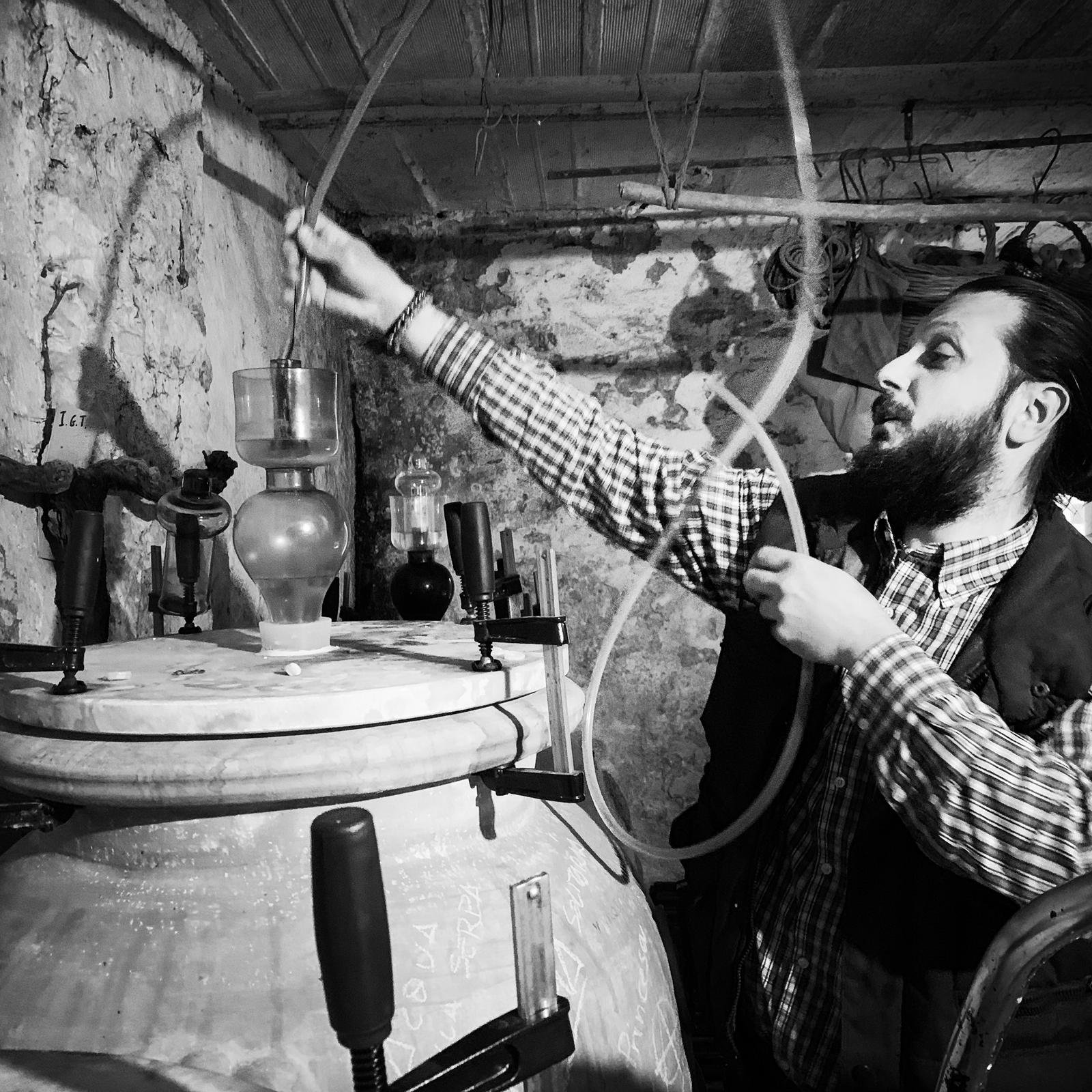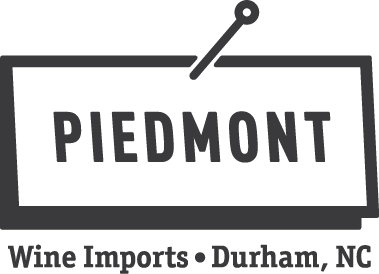Cantina Annesanti
Who: Francesco Annesanti
Where: Arrone, Valnerina (Umbria, Italy)
What grapes: Grechetto, Malvasia, Trebbiano Toscano, Ancient Local Trebbiano Variety, Pecorino, Barbera, Merlot, Sangiovese, Pinot Nero
Key facts: Like almost all peasant properties of the past, which aimed at self-sufficiency, it incorporates land planted with olive trees, arable land for the production of cereals and legumes and vineyards.
Website: https://annesanti.it
Instagram: @cantina_annesanti


















Annesanti “Raspato” Sparkling Rosato
Viticulture: Organic / Vegan
Soil type: Clayey, Silty
Elevation: 250m
Grapes: Sangiovese & Alieatico must
Method of Fermentation: Secondary fermentation in bottle with Aleatico must.
This is a pet nat of Sangiovese. Aleatico must is used for the secondary fermentation. It’s a pretty, hazy pink color. Lively, dry, easy to enjoy. A perfect lunch bottle. Raspo is stem in Italian, a reference to the whole cluster fermentations Francesco employs to create this singular bubbly. Francesco uses no additives in his wines, only a small amount of sulfur (20mg/l) when filling the vessels.
Annesanti “Raspato” Sparkling Bianco
Viticulture: Organic / Vegan
Soil type: Clayey, Silty
Elevation: 250m
Grapes: Moscato
Method of Fermentation: Secondary fermentation in bottle. No Sulfur added. On lees, precise and dry. Honey, white peach, flowers. A perfect aperitivo.
Annesanti “Il Salto del Cieco” Rosso dell’Umbria IGT
Viticulture: Organic / Vegan
Soil type: Clayey, Silty
Elevation: 250m
Grapes: Merlot
Method of Fermentation: Daily pump overs to keep the cap submerged. Maturation in stainless steel tanks, left to decant and clear naturally and bottled without filtration or stabilization during the waning phase of the moon, always on days with clear skies.
This purely fruity wine sees no oak, and receives a scant 20mg/l of sulfur at bottling. If you are entertaining with a diverse crowd of friends and family this holiday season, consider Annesanti. The wines are vegan (can’t be a bad thing) and contain complex, forward fruit character that should have wide appeal. Round, dark, and a tad floral, Il Salto dei Cieco is great for a slab of focaccia topped with caramelized onions and bitter greens, or meatballs. Life needs more meatballs.
Annesanti “Fonte Farro” Grechetto Umbria IGT
Viticulture: Organic / Vegan
Soil type: Clayey, Siltey
Elevation: 250m
Grapes: Grechetto
Method of Fermentation: Fermentation at a controlled temperature. Maturation sur lie with weekly batonnage for a few months in steel tanks. Bottled on clear days, during the waning phase of the moon.
Francesco keeps 10% of the skins with the wine for 60 days after fermentation. He uses a pied de cuve to start fermentation: never cultured/purchased yeast. Lots of battonage gives this wine a lovely fullness.. Again, very low sulfur (16mg/l) and a scant 1,300 bottles produced. All Francesco’s whites make me hungry for poultry. I want this one with a farro, chickpea, and sweet potato soup, deeply flavored by homemade chicken stock.
Annesanti “Sibillino” Pecorino Umbria IGT
Viticulture: Organic / Vegan
Soil type: Clayey, Siltey
Elevation: 250m
Grapes: Pecorino
Method of Fermentation: Indigenous yeast fermentation at a controlled temperature. Maturation sur lie with weekly batonnage for a few months in steel tanks. Bottled on clear days, during the waning phase of the moon.
No sulfites added. Fresh apple aromas. My love of this grape is ever-expanding. The wines are so vivid. Serve with a filled pasta, maybe ravioli with squash, or tortellini in brodo.
Annesanti “Acqua della Serpa” Bianco dell’Umbria IGT
Viticulture: Organic / Vegan
Soil type: Clayey, Silty
Evevation: 250m
Grapes: Grechetto, trebbiano, malvasia, pecorino, “martone”, etc
Method of Fermentation: Fermentation in terracotta amphorae, with the skins, without temperature control. Maturation for ten months in terracotta amphorae with the skins, then in glass demijohns for three months and from here bottled without clarification, filtration and stabilization.
This was the show-stopper when we tasted in Francesco’s cellar. Named after a water source near the farm, it’s a blend of Pecorino, Grechetto. Trebbiano Spoletino, Malvasia, and Martone (maybe others, too.) Aged on the skins in amphora, only 500 bottles produced! Sweet orchard fruit aromas and a full, autumnal texture made this wine a must-have for me. Drink it with chicken and dumplings, pierogi, or soupy buns.
Annesanti “Colle Fregiara”
Viticulture: Organic / Vegan
Soil type: Clayey, Silty
Evevation: 250m
Grapes: Trebbiano Spoletino
Method of Fermentation: Fermentation in terracotta amphorae, with the skins, without temperature control. Maturation for ten months in terracotta amphorae with the skins, then in glass demijohns for three months and from here bottled without clarification, filtration and stabilization. was dumfounded by how clean Francesco’s wines were. Across many encounters, they demonstrate that a meticulous, borderline obsessed individual can make deep, rich, natural white wine with purity. Spicy, nutty, salty: a lot is happening here. None of it is unpleasant.
Annesanti "Il Bianco Ninfa del Nera" Bianco
Viticulture: Organic / Vegan
Soil type: Clayey, Silty
Elevation: 250m
Grapes: 50% Grechetto, 25% Malvasia, 25% Trebbiano
Bottles made: 5,000
Method of Fermentation: Harvest is last week of September. Fermented and aged in stainless steel, with light skin contact. It’s bottled without fining or filtration during clear skies and a waning moon.
In the exceptional heat of July, Kate and I went to the Valnerina, a mountainous and isolated part of Umbria more known for hermits and waterfalls than wine. We met Francesco Annesanti at his family farm, high up on a hill overlooking the Nera river valley. Francesco’s dad was there, along with farm equipment, chickens, and some lazy cats. I believe that dad farms most of the family’s 20 hectares of cereals, legumes, and olives: this is definitely a polycultural estate. The winemaking endeavor is new, growing from one hectare of diverse vines (Spoletino, Grechetto, Barbera, Aleatico, etc.) inherited from Francesco’s granddad. The old cellar/barn Annesanti currently inhabits is crammed full of barrels and amphorae. Francesco converted it from a stable into a winery in 2012. The wines made there were promising, often delicious, in particular over lunch at a nearby abbey. We shared a meal centered around local flavors with Francesco and his partner Molly. The experience made Annesanti’s flavorful wines even more appealing. These are ambitious people. I’m excited to see where the estate is heading!








